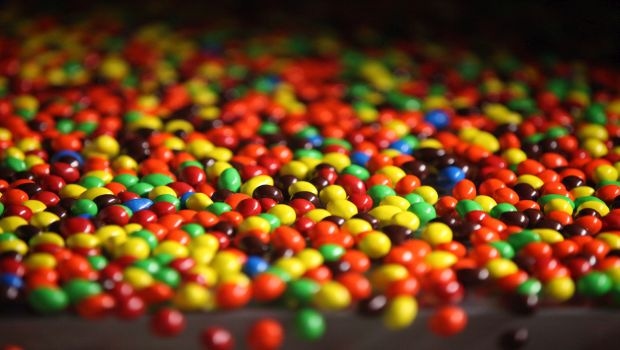As part of its commitment to meet evolving consumer preferences, Mars Inc. announced an ambitious plan to remove all artificial colors from its portfolio of human food products by 2021. While many of the company’s products are already free of artificial colors, products across the range of its chocolate, gum, confection, food and drink businesses will be affected by the change.

As part of its commitment to meet evolving consumer preferences, Mars Inc. announced an ambitious plan to remove all artificial colors from its portfolio of human food products by 2021. While many of the company’s products are already free of artificial colors, products across the range of its chocolate, gum, confection, food and drink businesses will be affected by the change.
Removing all artificial colors from a human food portfolio that features more than 50 brands represents a complex challenge. Mars’ strategy includes partnering with suppliers to identify new ingredients and formulas that meet its rigid safety and quality standards, addressing all legal and regulatory requirements, and creating accessible ways to gather input and feedback from consumers throughout the reformulation process.
The company said the process of developing alternative colors, ensuring their safety and quality, obtaining regulatory approval, and introducing the new ingredients across the entirety of its human food portfolio around the world will take about five years.
In a statement, Mars emphasized artificial colors pose no known risks to human health or safety, but consumers today are calling on food manufacturers to use more natural ingredients in their products. Against this backdrop. Mars currently uses a variety of naturally sourced and artificial colors in its global product portfolio. Depending on consumer preferences, ingredient availability and local regulations, slightly different formulations and products may exist in different markets. However, all ingredients used by the company are safe, and all are manufactured in compliance with Mars’ own strict internal quality and safety requirements and the requirements established by food safety regulators globally, including FDA and the European Food Safety Authority (EFSA).
The Mars announcement follows the clean-label lead of several other Big Food companies, including General Mills, Kellogg Co., Nestlé, Kraft Foods, and Campbell Soup Company.
So why is this important? The answer is simple: Naturally derived colors are here to stay.
As the natural and clean-label movement continues to gain momentum, color plays a pivotal role in the success of a product. It might be one of the last items on the ingredient list, but color not only makes a product more attractive, it can also affect how a consumer perceives it to taste.
INSIDER’s digital issue, “The Natural Color Palette," explores the rising global market for food colors, unique challenges and strategies set forth by naturally derived colors. When compared to synthetic colors, most natural options represent some level of compromise for the food and beverage manufacturer.
About the Author(s)
You May Also Like






.png?width=800&auto=webp&quality=80&disable=upscale)